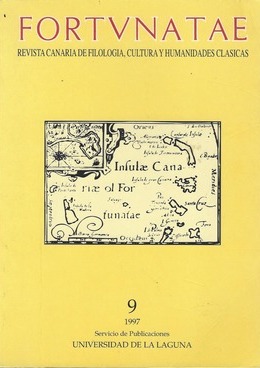Interpretación de la Biblia en Qumrán
Resumen
The manuscripts from Qumran are fundamentally biblical exegesis in spite of the variety of contents and literary genres.
The author analyses, on the one hand, the characteristics of Qumran's biblical exegesis. He mentions first the «derash ha-Torah», that is, the «Interpretation of the Law», that aims to find the hidden element («nistar») in the Law, what is to be distinguished from the revealed one («nigle»). The former is revealed to the community members only, by means of the «Interpreter of the Law», that is, of the «Teacher of Justice», and it is to be concealed from those outside the community. Then the author discusses the interpretation of Prophets (and Psalms) («pesher ha-nebi'im») and states that it is determined by the principle of «escatologization», i. e., the meaning of these writings is referred to the historical present of the community. In this interpretation the «Teacher of Justice» plays an essential role.
On the other hand, the author studies the function of this exegesis inside the community. He characterizes it as compulsory for the community members. The exegesis also serves as the discriminatory element between the community members and the rest of the people.
Los autores conservan los derechos de autor y garantizan a la revista el derecho de ser la primera publicación del trabajo al igual que licenciarlo bajo una Creative Commons Attribution License que permite a otros compartir el trabajo con un reconocimiento de la autoría del trabajo y la publicación inicial en esta revista.
Los autores pueden establecer por separado acuerdos adicionales para la distribución no exclusiva de la versión de la obra publicada en la revista (por ejemplo, situarlo en un repositorio institucional o publicarlo en un libro), con un reconocimiento de su publicación inicial en esta revista.





